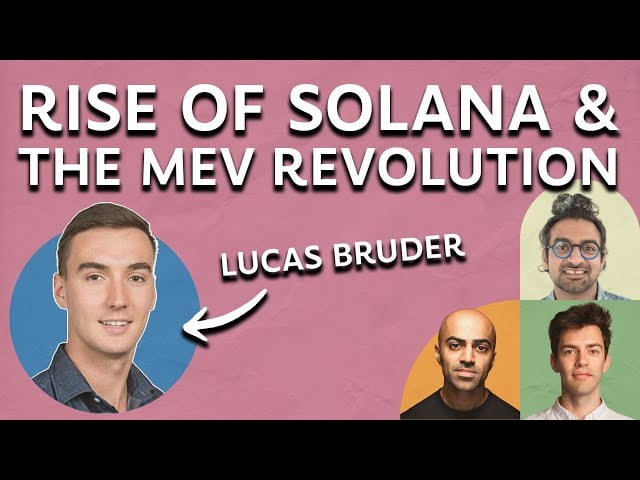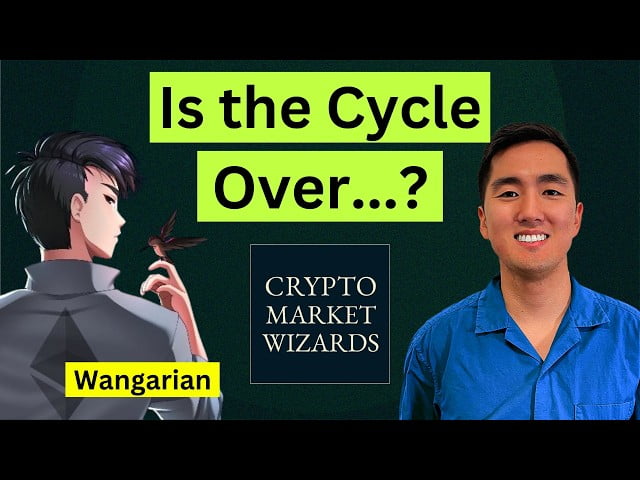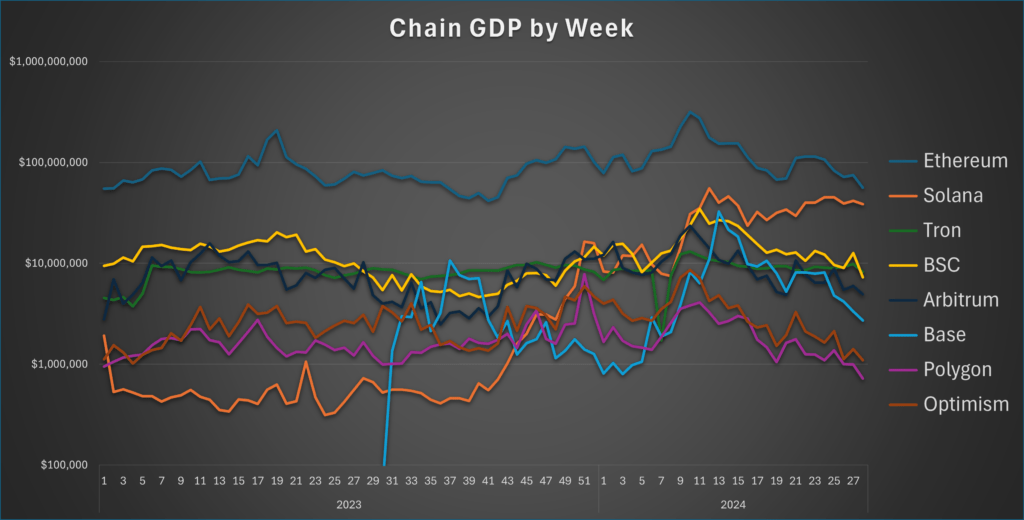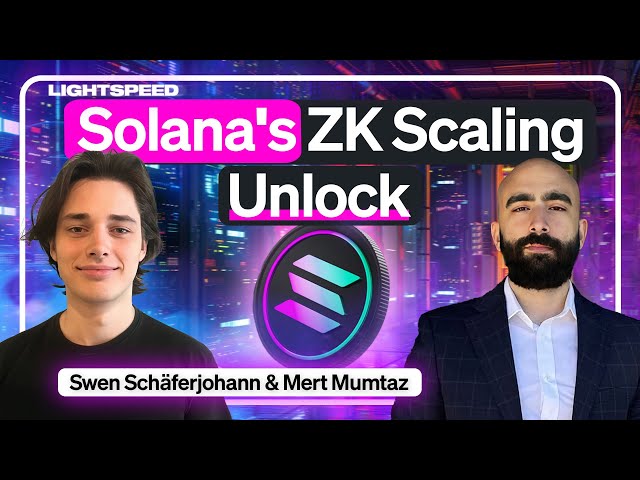Podcast Summary
This podcast episode delves into the Solana ecosystem, discussing its growth, challenges, and future prospects. The guests include Tom Schmidt, a Dragonfly, Tarun Chitra from Robot Ventures, Lucas Bruder from Jito Labs, and Haseeb from Dragonfly. The conversation covers Solana’s bull run, the impact of the FTX incident, the role of GTO in mitigating MEV on Solana, and the potential for Solana’s infinite scaling.
Key Takeaways
Solana’s Bull Run and Growth
- Solana’s Performance: Solana has experienced a significant bull run, with its price surpassing $100 and the network’s total value reaching over $50 billion. This growth has been accompanied by an increase in on-chain activity and new capital flowing into the ecosystem.
- Project Development: Despite setbacks like the FTX incident, many teams have continued to build on Solana. There has been a surge in new projects and recognition for teams that have been grinding and building since last year.
GTO’s Role in Solana
- Mitigating MEV: GTO, a Solana MEV infrastructure provider, aims to mitigate the negative impact of MEV on Solana, particularly spam and wasted block space. GTO’s infrastructure is designed to efficiently extract MEV and save block space for users and beneficial bots on the network.
- Decentralizing Auction Process: GTO plans to spin up more block engines and decentralize the auction process across the world. This move is aimed at democratizing access to shreds and low-latency feeds.
Solana’s Fee Structure and MEV
- Fee Structure: Solana currently has plenty of block capacity, and fees are low, with no dynamic base fee or economic back pressure like EIP 1559 on Ethereum. However, there are local fee markets on Solana that prioritize transactions based on the demand for specific contracts or addresses.
- Reducing MEV: There is a trend in the Solana ecosystem to minimize MEV (Miner Extractable Value) and redesign protocols to reduce opporTarun Chitraities for MEV. Aggregators like Jupiter are helping to reduce MEV by splitting swaps into multiple transactions and pulling from different DEXes.
Scalability of Solana
- Scalability Potential: The current limit on Solana is 48 million compute units, which is a proxy for various factors such as memory and speed. The goal for Solana is to find the lowest barrier where 66.6% of the chain can keep up, with the potential for all validators to keep up ideally.
- Parallelism: The programming models for parallelism in Ethereum and Solana are different, with Ethereum focusing on infrequently synchronized separate computation units, while Solana has a shared memory map. This difference allows for more flexibility in scheduling transactions on Solana.
Sentiment Analysis
- Bullish: The overall sentiment in the podcast is bullish towards Solana. The guests discuss the significant growth of Solana, its resilience in the face of setbacks, and the potential for infinite scaling. The active development of projects and the influx of new capital into the ecosystem also contribute to the bullish sentiment.
- Neutral: While the sentiment is largely bullish, there are also neutral views expressed. The guests acknowledge the challenges faced by Solana, such as the impact of the FTX incident and the need for a more comprehensive approach to handle increased demand across multiple parts of state. They also discuss the need for further work in terms of building, onboarding users, and marketing.










